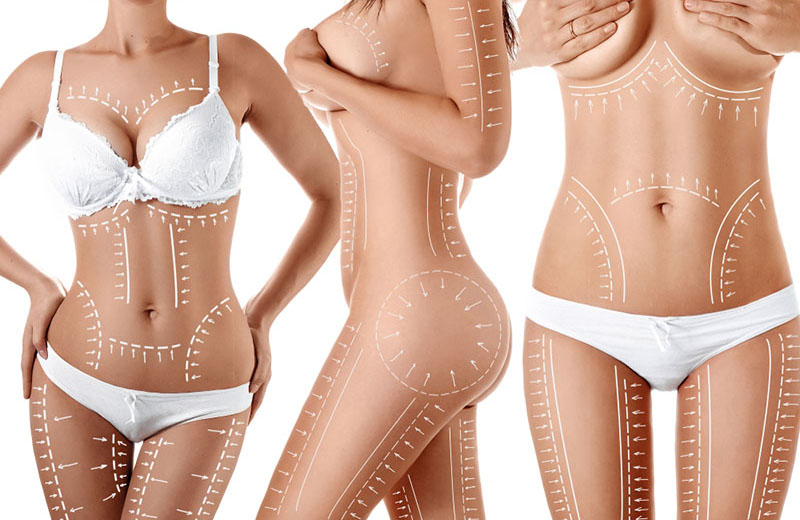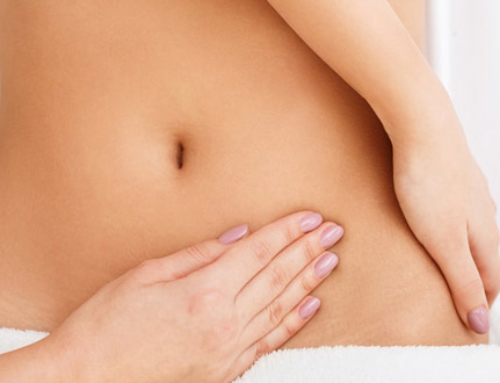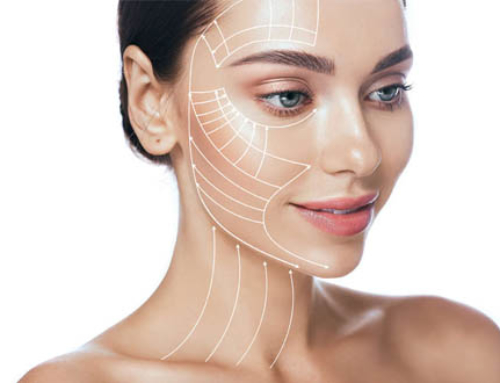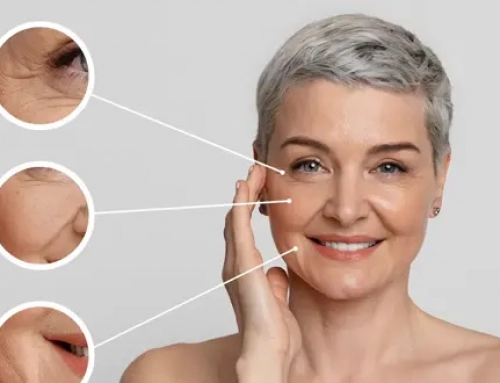Liposuction is a fat removal technique that uses a cannula connected to a vacuum system. Liposuction can be used alone or combined with other cosmetic procedures such as skin removal techniques. When targeting specific types of fat deposits, liposuction offers dramatic and wonderful results. The fat targeted by liposuction is located between skin and muscles, hence the medical term ‘subcutaneous fat’. This type of fat frequently causes aesthetic concerns because of its tendency to be stored and retained by the body in the abdomen, thighs, flanks, hips, knees, calves and ankles. When fat cells are removed with liposuction, the skin shrinks in order to accommodate new contours, and this is how surgeons sculpt body contours to improve a patient’s whole figure.

How liposuction redraws body contours
How is liposuction performed
Before the operation
During the inital consultation, Dr Balti marks troublesome fat deposits that the patient wants to get rid of. By examining the patient in a standing position, contour irregularities, asymmetries and incision sites are marked. The standing position is necessary because in a lying position, soft tissues shift and distort contour assessment. The areas to be treated are marked again before bringing in the patient in the operating room. Most liposuction procedures require general anesthesia unless treatment areas are small.
During the operation
Once the patient is asleep, a solution is injected in the treatment areas in order to minimize bleeding and ease fat cells removal. This solution is a mix of an anesthetic agent and saline. To reach liposuction areas, small incisions (half a centimeter) are made in inconspicuous places such as natural skin folds. The number of incisions depend on the surfaces treated. The liposuction cannula is inserted under the skin through these small incisions in order to puncture fat deposits from multiple angles and remove fat cells. By manipulating the cannula this way, the fat layer collapses on itself and the skin gets closer to the muscles for more toned contours. When all fat deposits are treated, a compressive garment, or dressing, covers up the surgical sites. Depending on the amount of fat removed, the procedure can be 30 minutes to 2 hours long.





